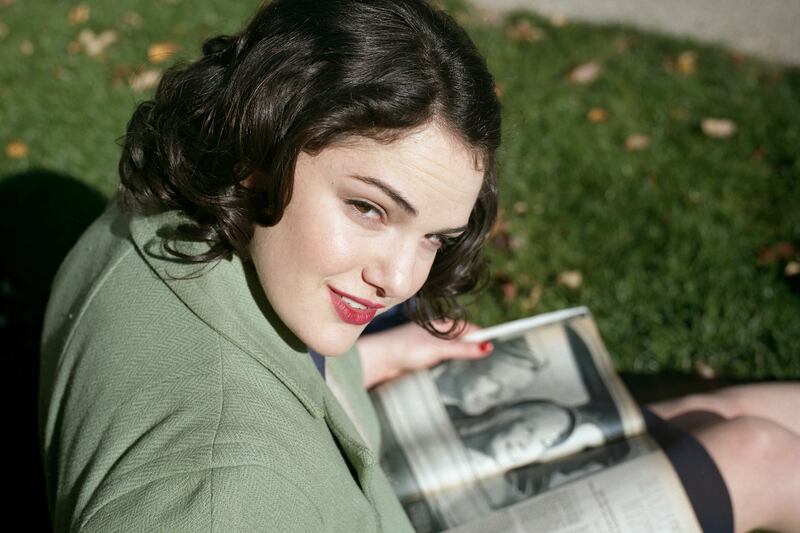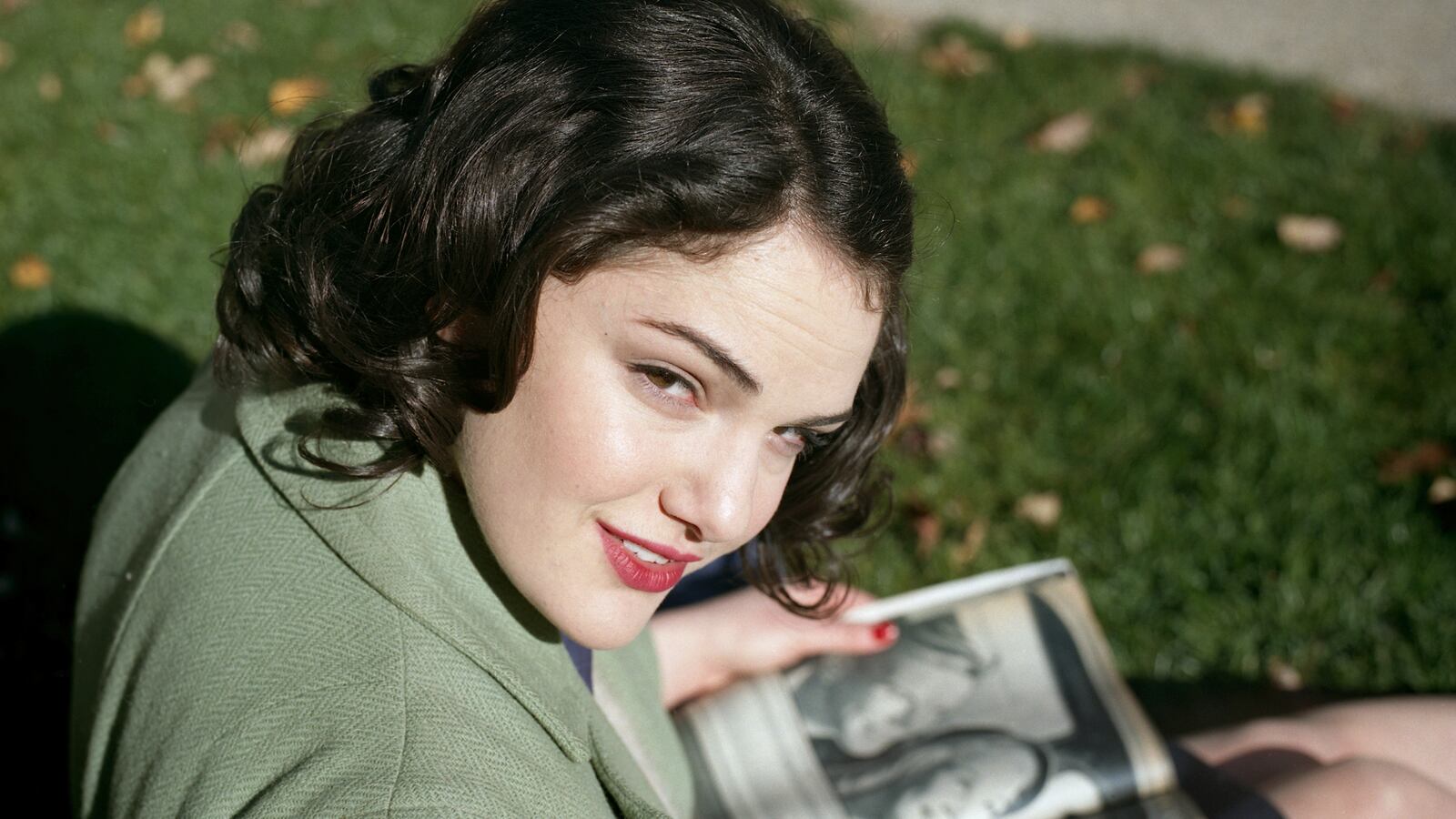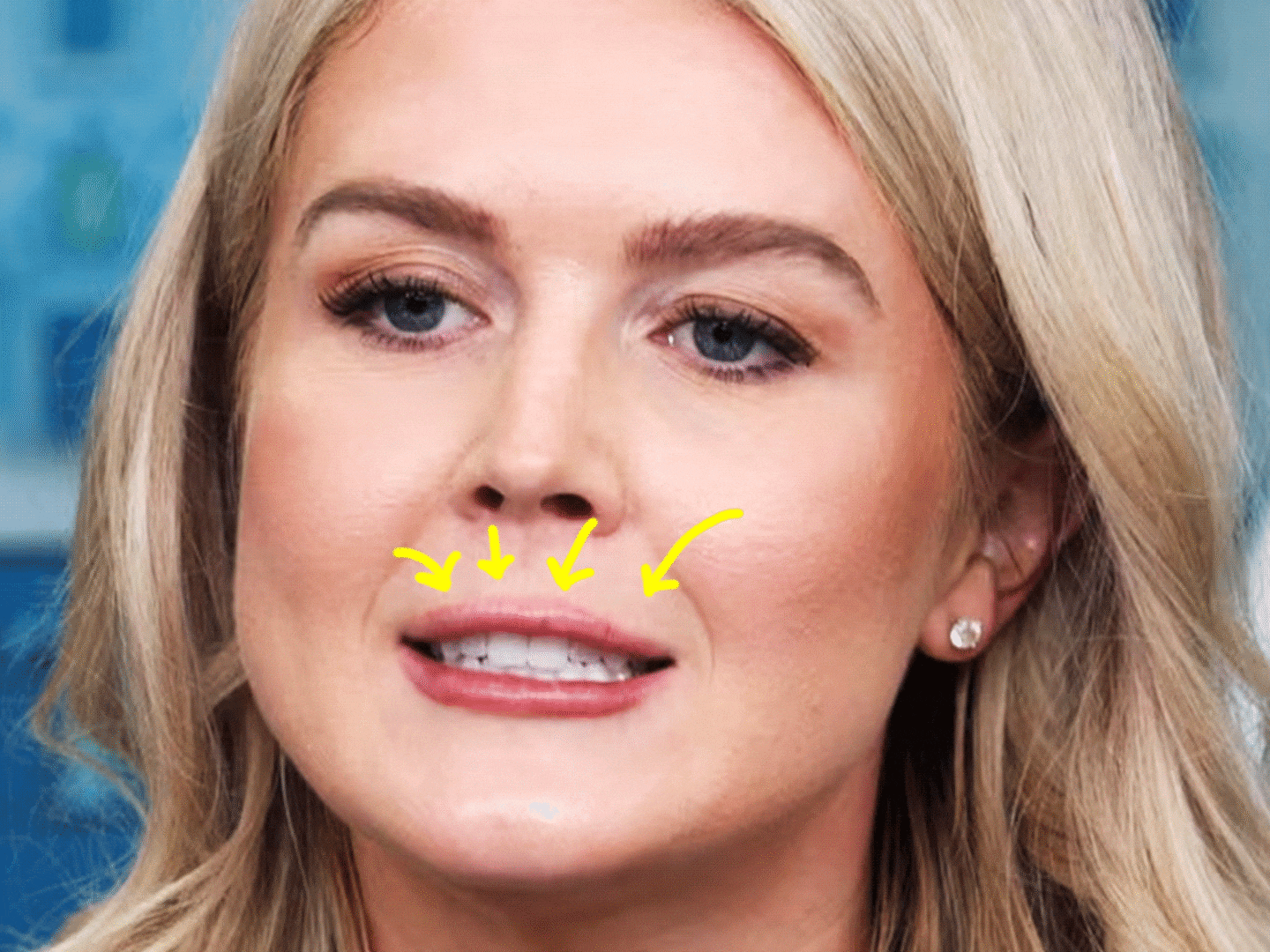The angsty, hazy mind of a teenager is a source of constant befuddlement and dismay for full-grown observers. Each era of youth has a vice deeply unsettling to prior generations: be it the gin-swilling flappers, shrieking Beatlemaniacs, or fiercely political Vietnam protesters.

But this volatile period between childhood and adulthood and its distinction as a separate societal group is a relatively new invention, one that a new documentary called Teenage seeks to find the root of.
It begins in the archives: “I want to do something that’s going to… leave some sort of lasting mark behind me, not just a blank space,” a suited boy tells the camera. “You never know what new clothes you’re going to have, you never know what new records are gonna be,” a black girl says of the future. “We’ll make a gigantic splash in the world to come, “ one serious young man asserts.
The culture birthed from this age group is often looked upon and discounted with a “kids these days” scorn, but decade after decade proves that seemingly nonsensical adolescent urges can make a gigantic splash—rebooting the economy, fueling a war effort, birthing genres of art and music, even pivoting the course of history for an entire country.
“It’s a space in which adults are trying to control youth and protect them because they represent the future, and young people are pushing back, trying to create their own world on their own terms,” says Teenage director Matt Wolf, whose film opens in theaters March 14. “Out of that generation gap and that conflict comes the innovative things that we call youth culture. “
Wolf’s film builds off an unusual recipe. It blends historical reenactments with a collection of archival footage so seamlessly edited and with such attention to cinemagraphic detail, it takes a moment to differentiate from the real deal. One reason for that is filmmakers shot with 16mm lenses on hand-cranked cameras for optimum authenticity. “I’m really invested in bringing to life hidden histories and forgotten biographies, and I knew I wanted to telescope into the stories and experiences of individual characters, but all these figures were not filmed or photographed,” says Wolf, who notes his “whole goal is to make the past feel new, and make it feel like it’s unfolding in the present.”
So four first-person narratives were crafted for the film—influenced by or based on real people—representing England’s avant garde party kids of the ’20s, Germany’s Hitler Youth and its anti-Hitler pre-punk swingers, and America’s Boy Scouts. Wolf says he wanted to “create a composite portrait of the teenager that was about to be born.”
The second reason for the confusion over what’s authentic and not in the film is that the historical reels they did use are completely unfamiliar.
Wolf’s team of archivists spent four years digging through 100 collections in the U.S., U.K., and Germany, amassing countless hours of film for the director to choose from. “My goal was to get away from stock footage we’d seen—flappers doing the Charleston—and to find stuff that felt really candid, like home movies and outtakes from newsreels,” he says.
Wolf based the film on a 2007 book of the same name by British music journalist Jon Savage. The two worked together, along with executive producer Jason Schwartzman, to craft the narrative into a documentary, imbuing it with an archival foundation and adding a flash of the punk style Savage is known for.
“When it came to the film, the first thing Matt and I did… was to look through a one-terabyte hard drive of archive footage,” says Savage. For him, this film was 35 years in the making. After starting his research on the topic in the ‘80s, Savage briefly worked on a TV pilot that never aired—and now can’t stress enough about how pleased he is with the finished product.
“The idea of Teenage is there’s always this tension between the biological phenomenon of puberty, which is the second decade of life, and the cultural construction placed on people in the second decade of life,” says Savage. “In some ways teenagers don’t change—they’re pubertal adolescents. In other ways they do change—because of the way in which society changes and demands and expectations that they have of young people changes.”
But at what point in modern history did the teenager, a previously nonexistent transitional period, actually appear?
A much-pointed at birthplace of this life stage is the Industrial Revolution, when single-digit youngsters spent grueling hours bent over a factory perch. As the movie depicts, children had often worked to support their families at a young age, but it wasn’t until the assembly lines that public attention homed in on their atrocious working conditions. When a federal law passed curtailing the child-labor abuses, there was finally an opportunity for kids to act their age. And since then, teenage years have served as a time for rebellion, self-discovery, and cultural decision-making.
“We who number ourselves among the so-called wild and wicked youth want to go out with drums beating and bugles blowing, we want to be young before we’re old,” one scratchy radio broadcast blares. The truly revolutionary power of a youth movement is demonstrated most powerfully in Teenage by the disturbingly obedient Hitler Youth, an organization that garners a number of mentions, and which is contextualized with this disturbing quote from Adolf Hitler: “When an opponent says, ‘I will not come over to your side,’ I calmly say, ‘Your child belongs to us already.’”
“I found the story of Hitler and his relation to youth to be fascinating, because he both empowered youth and destroyed youth like nobody else has in history,” Wolf says. He based his historical character from the period on a journalist and former Nazi named Melita Maschmann, who later wrote about joining the fascist movement as a rebellion against her parents. Savage explains that the archival footage they were finding was from the point of view of adults—”all about juvenile delinquency”—and didn’t explain a teenager’s actions from a firsthand perspective like the diaries they were reading from the time.
Rebellion is a common connector between the different tales and characters of the Teenage narrative, but the film cuts off at the end of World War II, far before its creators entered their own teenage years. Wolf describes his as shaped by coming out at age 14, and his subsequent passion for gay activism and underground film and music. The 31-year-old views Teenage as the space where he’s finally merged his political and artistic sides. “There’s no one way of being teenager,” says Savage, now 60, whose teenage years were shaped by a dreamy, reclusive tendency, and a later devotion to punk culture that would set him on his career path.
But as the years since young adulthood drift into their past, people fall into the same trap of judging generations beneath them—even the director of a film called Teenage.
“I find myself and my peers thinking, ‘This current generation is so corporate, so conformist, so apolitical,’” Wolf says. “I don’t think that’s true—it kind of comes with age. We believe there was more authenticity to our own experience than the experience of the young, and that happens relentlessly over and over again in cycles with each generation.”
Although many of his films revolve around a past time, Wolf is not a nostalgic.
“I don’t really idealize other eras as being better; I view them as instructive to life today. Even though I spend a lot of time looking backward, it’s all in service of thinking about the present for me.”
Next up for Wolf is a project that seems to cover all those other life stages—just not the teenager. He’s working on an HBO documentary about Hilary Knight, the now 87-year-old illustrator of Eloise—a 6-year-old girl who lives in New York’s Plaza hotel. And Wolf is embarking on this undertaking with the omnipresent Lena Dunham, who just so happens, at the moment, to encapsulate an entire generation of disenfranchised 20-somethings, who have, as of late, been hijacking the newscycle from those pesky teenagers.





